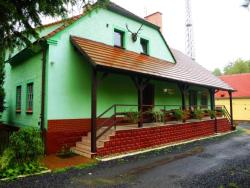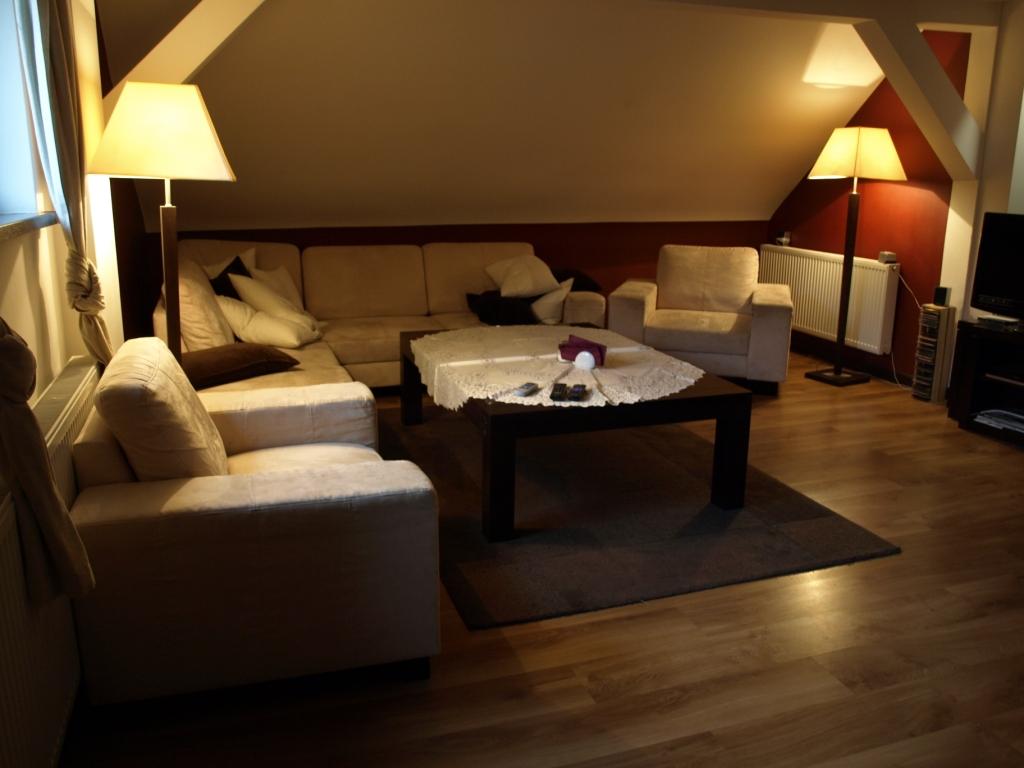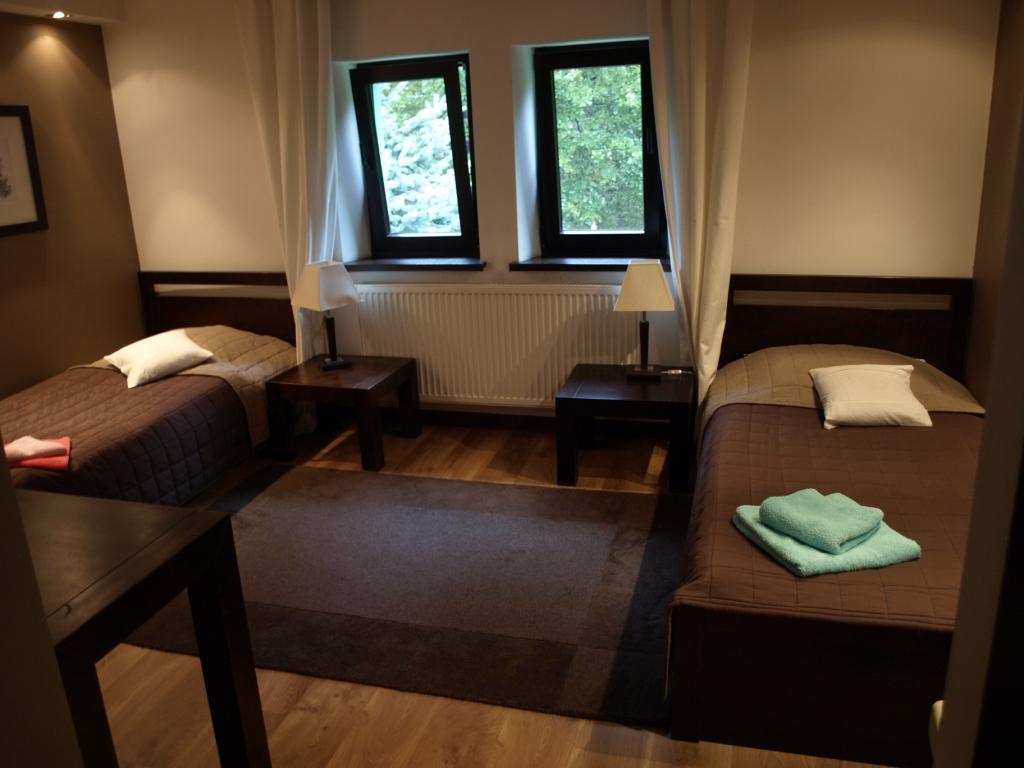 Asset Publisher
Asset Publisher
Polish forests
Poland is in the European lead, while concerning the area of all forests. They cover about 29,2 % of the country territory, and grow within the area of 9,1 million hectares. The overwhelming majority of the forests is state owned, of which almost 7,6 million hectares are managed by the State Forests National Forest Holding..
The number of Polish forest is still growing. The forestation rate of the country has increased from 21 % in 1945 to 29,2 % at the moment. Between 1995 and 2008, the forest area increased by 310 thousand ha. The basis for afforestation works is the "National Programme for Increasing the Forest Cover" (KPZL), assuming an increase of the forestation rate up to 30 % by 2020 and up to 33 % by 2050. Polish forests abound in flora, fauna and fungi. 65 % of the total number of animal species live there.
The forests grow in our country on poor soils, mainly because of the development of the agriculture in previous years. It influences the distribution of the types of the forest sites in Poland. Over 55 % of the forest areas is covered with coniferous forests. In other areas, there are forest sites, mainly the mixed ones. Their small part constitute alder and riparian forests – not more than 3 %.
In the years 1945 – 2011 the area of natural deciduous tree stands within the area of the State Forests National Forest Holding increased from 13 to 28,2 %.
Within the lowlands and uplands the most often occurring tee species is pine. It covers 64,3 % of the forest area of the State Forests National Forest Holding and 57,7 % of private and commune forests. In the mountains the predominant species is European spruce ( in the west) and European spruce with beech (in the east). Domination of pine is the result of carrying on sustainable forest management in the past. Once, the monocultures (crops or cultivations of one species) were the answer to the great demand of industry for wood. Such forests appeared to be quite fragile to climatic factors. They also were often the prey of pests' expansion.
In Polish forests, the share of other tree species, especially deciduous trees have been systematically increasing. The foresters have stepped aside from monocultures – that is why, they try to fit specific species of the forest stand to the natural stand, that would be proper for the given area. Thanks to that, in the years 1945 – 2011, the area of the deciduous tree stands within the lands of the State Forests National Forest Holding increased from 13 to 28,2 %. There occur more and more frequently the following tree species: oaks, ashes, maples, sycamore maples, elms, but also birches, beeches, alders, poplars, hornbeams, aspens, tilias and willows.
Our forests are the most often represented by the forest stands aged 40 to 80 years. The average age of the forest equals 60 years. More and more trees are of big size at the age over 80 years. Since the end of the Second World War, the forests' area has increased up to almost 1,85 million hectares.
Raport o stanie lasów w Polsce 2012
 Asset Publisher
Asset Publisher
 Asset Publisher
Asset Publisher
ŁOWIECTWO
ŁOWIECTWO
W lasach żyje ok. 60 proc. z 618 gatunków kręgowców występujących w Polsce. Rozwój cywilizacji zachwiał odwieczną równowagą i regułami obowiązującymi w ekosystemach leśnych, co wpływa także na bytujące tam zwierzęta. Dlatego obecnie ich liczebność, sposoby opieki nad nimi, a także możliwości zapobiegania szkodom od zwierzyny – reguluje prawo: polskie i unijne.
Łowiectwo jest elementem ochrony środowiska przyrodniczego – tak definiuje je ustawa „Prawo łowieckie" z 1995 r. Zwierzęta łowne (20 proc. gatunków ssaków i 12 proc. ptaków występujących w Polsce) są dobrem ogólnonarodowym i własnością Skarbu Państwa. Gospodarowaniem zwierzyną łowną, zgodnie z zasadami ekologii oraz racjonalnej gospodarki leśnej, rolnej i rybackiej, zajmują się myśliwi zrzeszeni w Polskim Związku Łowieckim oraz leśnicy.
Przeczytaj więcej o łowiectwie
Fauna leśna na terenie Nadleśnictwa Złotoryja jest bardzo bogata. Zwierzyna gruba reprezentowana jest przez jelenie, daniele, sarny, dziki i muflony. Szacuje się (dane za rok 2013), że jeleni jest ok. 620 szt., danieli 12 szt., saren 4200 szt., dzików 1200 szt., a muflonów 50 szt. Okresowo pojawiają się łosie. Z gatunków chronionych (kiedyś łownych) spotkać można wydrę, bobra, a czasami wilka.
Zwierzyna drobna bytująca na terenie naszego nadleśnictwa to lisy, zające, bażanty, kuropatwy, borsuki, kuny i inne. W pobliżu zbiorników wodnych bytuje ptactwo wodne.
Nadleśnictwo Złotoryja nadzoruje gospodarką łowiecką w 18 obwodach dzierżawionych przez 12 kół łowieckich. Są to obwody polno-leśne oraz dwa leśne. Na terenie dwóch obwodów nadleśnictwo samodzielnie prowadzi gospodarkę łowiecką. Jest to Ośrodek Hodowli Zwierzyny (OHZ) Złotoryja.
OHZ Złotoryja to 7856 hektarów (w tym 3790 ha gruntów leśnych) atrakcyjnych łowiecko obszarów. W samym sercu łowiska znajduje się kwatera myśliwska z kancelarią leśniczego oraz miejscami noclegowymi. OHZ Złotoryja organizuje polowania zarówno dla myśliwych krajowych jak i zagranicznych. Istnieje także możliwość wynajęcia kwatery w celach innych niż łowieckie.
Wnętrze kwatery
Kwatera myśliwska kontakt:
Piotr Sawkowicz
tel. 501 034 446


 fot. Paweł Fabijański
fot. Paweł Fabijański
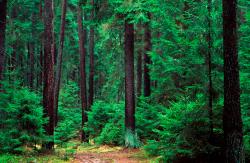 fot. Paweł Fabijański
fot. Paweł Fabijański
 fot. Paweł Fabijański
fot. Paweł Fabijański





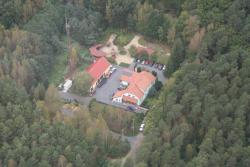 Kwatera Myśliwska
Kwatera Myśliwska
